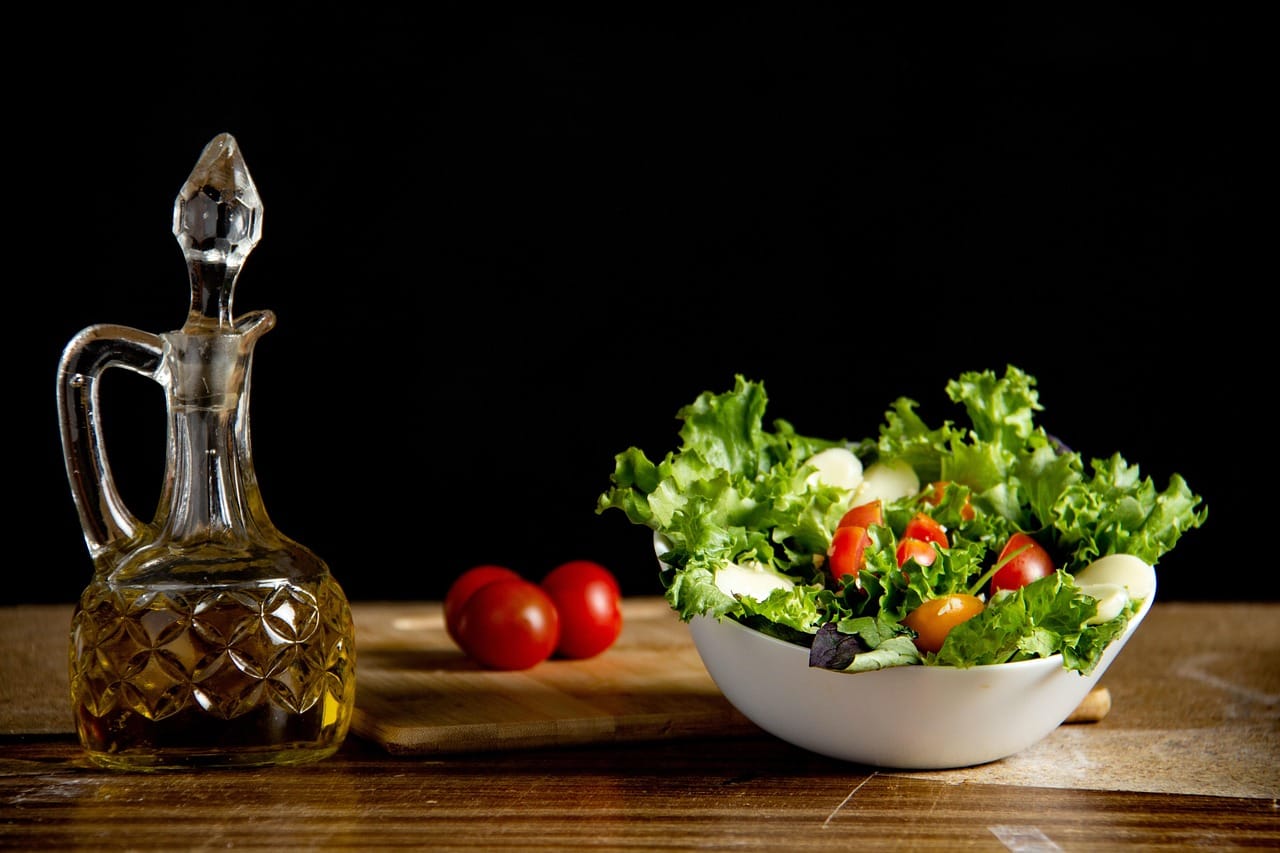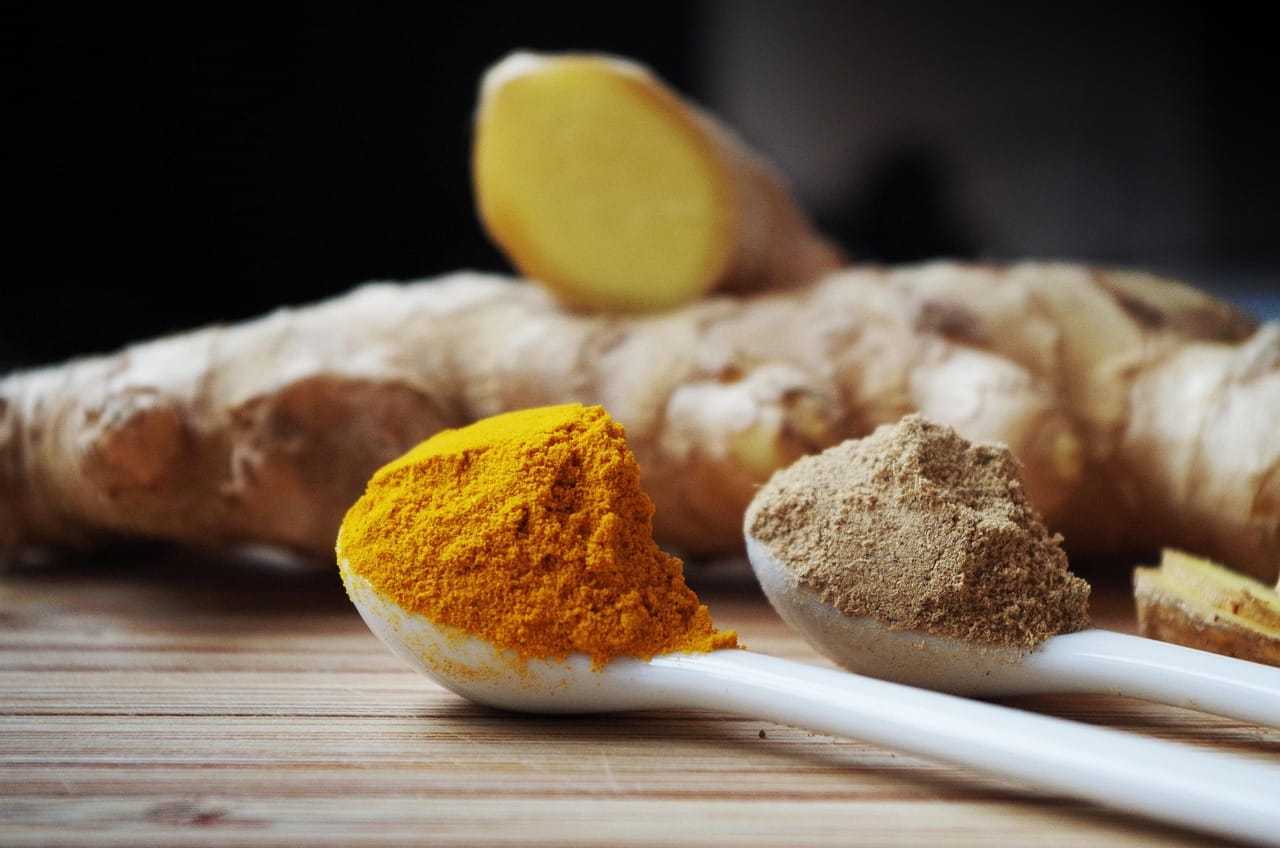Collard green wraps are a vibrant and healthy alternative to traditional wraps, offering a nutritious and delicious way to enjoy your favorite fillings. Whether you’re looking for a low-carb option, trying to incorporate more greens into your diet, or simply seeking a creative twist on lunchtime staples, collard green wraps are an excellent choice. Let’s dive into the world of collard green wraps and explore their benefits, preparation methods, and delicious filling ideas.
What are Collard Green Wraps?
Understanding Collard Greens
Collard greens are a leafy green vegetable belonging to the Brassica oleracea family, which also includes kale, cabbage, and broccoli. They are a staple in Southern cuisine, known for their slightly bitter flavor and robust nutritional profile. They are packed with vitamins, minerals, and antioxidants, making them a superfood worth incorporating into your diet.
Why Choose Collard Green Wraps?
Collard green wraps offer a number of advantages over traditional wraps made from flour or other grains. Here’s why you might want to consider making the switch:
- Low in Carbs: Collard greens are naturally low in carbohydrates, making them a great option for those following a low-carb or ketogenic diet.
- Nutrient-Rich: They are an excellent source of vitamins A, C, and K, as well as folate, calcium, and fiber.
- Gluten-Free and Grain-Free: Perfect for individuals with gluten intolerance or those avoiding grains.
- Naturally Vegan and Vegetarian: Suitable for a wide range of dietary preferences.
- Fresh and Flavorful: They offer a refreshing, slightly earthy taste that complements a variety of fillings.
How to Prepare Collard Greens for Wraps
Selecting the Right Leaves
Choosing the right collard greens is crucial for a successful wrap. Look for large, dark green leaves that are firm and free from blemishes or holes. Avoid leaves that appear wilted or yellowed.
Washing and Trimming
Properly cleaning and preparing your collard greens is essential. Follow these steps:
- Wash Thoroughly: Rinse the leaves under cold water to remove any dirt or debris. You can also soak them in a bowl of water for a few minutes.
- Remove the Stem: Lay each leaf flat on a cutting board. Use a sharp knife to carefully cut out the thick central stem, creating two separate halves of the leaf. Removing the stem makes the leaf more pliable and easier to roll.
- Trim Excess Rib: If the rib is still too thick after removing the main stem, you can use a vegetable peeler to shave it down, making the leaf even more flexible.
Softening the Leaves
Collard greens can be quite sturdy, so softening them makes them easier to wrap without tearing. Here are a few methods to consider:
- Blanching: Briefly submerge the leaves in boiling water for about 30-60 seconds, then immediately transfer them to an ice bath to stop the cooking process. This will soften the leaves while preserving their vibrant color.
- Massaging: Rub the leaves with a little olive oil and lemon juice or apple cider vinegar. Massaging helps break down the cell walls and makes them more pliable. This method also adds flavor.
- Steaming: Steam the leaves for a few minutes until they are tender but still firm.
Delicious Filling Ideas for Collard Green Wraps
Savory Filling Options
The possibilities for savory collard green wrap fillings are endless. Here are a few ideas to get you started:
- Mediterranean Wrap: Hummus, chopped cucumbers, tomatoes, red onion, Kalamata olives, and feta cheese.
- Chicken Caesar Wrap: Grilled chicken, romaine lettuce, Caesar dressing (or a healthier alternative), and Parmesan cheese.
- Turkey and Avocado Wrap: Sliced turkey breast, avocado, sprouts, tomato, and a Dijon mustard spread.
- Spicy Black Bean Wrap: Black beans, corn, salsa, avocado, red onion, and a drizzle of hot sauce.
- Tuna Salad Wrap: Tuna salad (made with Greek yogurt for a healthier twist), lettuce, and tomato.
Vegetarian and Vegan Filling Options
Collard green wraps are naturally vegetarian and can easily be made vegan with the right fillings. Here are some ideas:
- Quinoa and Roasted Vegetable Wrap: Cooked quinoa, roasted vegetables (such as bell peppers, zucchini, and eggplant), and a tahini dressing.
- Lentil and Spinach Wrap: Cooked lentils, sautéed spinach, chopped tomatoes, and a lemon-tahini dressing.
- Tofu Scramble Wrap: Crumbled tofu, sautéed with vegetables like onions, peppers, and mushrooms, seasoned with turmeric and nutritional yeast for a cheesy flavor.
- Avocado and Chickpea Salad Wrap: Mashed avocado, chickpeas, red onion, celery, lemon juice, and spices.
Assembly Tips for Collard Green Wraps
Here are a few tips for assembling your collard green wraps:
- Lay the Leaf Flat: Place the softened collard green leaf flat on a cutting board.
- Add Fillings: Place your chosen fillings in the center of the leaf, leaving some space around the edges.
- Fold and Roll: Fold in the sides of the leaf, then roll it up tightly from the bottom, similar to a burrito.
- Secure if Needed: If the wrap is not holding together well, you can secure it with a toothpick.
- Serve Immediately: Collard green wraps are best enjoyed fresh.
Health Benefits of Collard Greens
Nutritional Powerhouse
Collard greens are incredibly nutritious, offering a wealth of health benefits:
- Rich in Antioxidants: They contain antioxidants like vitamin C and beta-carotene, which help protect against cell damage. A study published in the Journal of the American College of Nutrition highlights the antioxidant capacity of collard greens.
- Good Source of Fiber: Fiber aids in digestion, promotes gut health, and helps regulate blood sugar levels.
- High in Vitamin K: Vitamin K is essential for blood clotting and bone health. Collard greens are one of the best sources of this vital nutrient.
- Supports Heart Health: The fiber and antioxidants in collard greens can help lower cholesterol levels and reduce the risk of heart disease.
- Boosts Immunity: The high vitamin C content helps strengthen the immune system and fight off infections.
- May Help Prevent Cancer: Some studies suggest that the compounds in collard greens may have anti-cancer properties.
Incorporating Collard Greens into Your Diet
Beyond wraps, collard greens can be incorporated into your diet in various ways:
- Sautéed as a Side Dish: Sauté them with garlic, onions, and a touch of olive oil.
- Added to Soups and Stews: They add a hearty and nutritious element to soups and stews.
- Blended into Smoothies: Add a handful of collard greens to your favorite smoothie for a nutrient boost.
- Used in Salads: Chop them finely and add them to salads for a crunchy and nutritious element.
Conclusion
Collard green wraps are a fantastic way to enjoy a healthy, flavorful, and versatile meal. Their low-carb, nutrient-rich profile makes them an excellent choice for anyone looking to improve their diet. By following the simple preparation steps and experimenting with different fillings, you can create delicious and satisfying wraps that are perfect for lunch, dinner, or a snack on the go. Embrace the goodness of collard greens and elevate your wrap game today!




